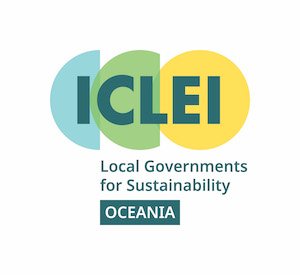City of Stirling on track with first trackless trams in Australia
The City of Stirling is pioneering Australia's first trackless tram, a cutting-edge, sustainable public transport solution that holds the promise of becoming the future of urban mobility. This innovative mid-tier technology is geared to deliver positive economic, transport and net zero benefits, reaffirming the critical role that cities play in fostering a sustainable and regenerative future.
The trackless tram offers a net zero transport option that can significantly reduce car dependence and enable urban regeneration around transit stations. With the potential to carry the equivalent of six lanes of traffic and a ride quality similar to rail, the trackless tram could reshape cities by fostering walkable, transit-oriented developments and reducing traffic congestion.
In addition to these benefits, these trams have the potential to increase land value and catalyse net zero urban regeneration, making them an attractive option for cities aiming to meet sustainability goals. Local governments are attracted to it because trackless trams address both transportation and climate challenges, aligning well with many other Sustainable Development Goals.
In collaboration with a research team at Curtin University, led by Prof Peter Newman, the City of Stirling is exploring opportunities to introduce the trackless tram to Australia. What they’ve found is growing commitments from local governments eager to transform their neighbourhoods and corridors with social and affordable housing, walkable town centres, nature-positive precincts (Newman et al, 2017) and demonstrating new technologies in net-zero buildings and precincts for each part of the city.
The Curtin study confirmed the transformative potential of trackless trams, not only in reducing car dependence but also enabling urban regeneration around stations, and net zero corridors. The results make it a compelling option for other cities, particularly in Australia and New Zealand, where there is growing evidence to support its broader application.
The City of Brisbane has to this end launched their version of the trackless tram - a new fleet of 60 fully electric, high‑capacity metros in the last week.
Figure 2: Most passenger travel in Australia is done in light motor vehicles
The benefits of trackless trams directly address some of the most pressing emissions challenges in the region. ICLEI Oceania, as part of the local government task force under the Federal Government's net-zero plan, highlights the critical role of transforming transportation in achieving climate goals. The Net Zero Transport Plan 2024 reveals that the transport sector is currently the third-largest contributor to Australia’s greenhouse gas emissions, accounting for 21% of the country’s total emissions. If no action is taken, the transport sector is projected to become the highest-emitting sector by 2030 and beyond.
Road transport is the primary source of these emissions, responsible for approximately 83% of the sector’s output. Light vehicles—including passenger cars, motorcycles, and light commercial vehicles—are the largest contributors, making up around 60% of Australia’s transport emissions. These alarming statistics underscore the urgent need for a fundamental overhaul of transport systems and networks. trackless trams, with their potential to significantly reduce car dependency and offer net-zero alternatives, provide a timely and necessary solution to this growing challenge.
As more cities look to implement ambitious net-zero strategies, the Trackless Tram stands out as a transformative innovation for reshaping the future of mobility and cities. By reducing car dependence, enhancing land values, and enabling climate-friendly regeneration, it offers a forward-looking solution for cities striving to deliver on their net zero and tackle broader sustainability risks.
Financing transport decarbonisation
Apart from wielding the social licence for sustainable development to succeed, cities are in this sense, catalysts for innovation. The trackless trams case being piloted in Western Australia, and proven to be replicable elsewhere, also brings to the fore an often overlooked avenue of luring public-private investment. The Transformative Actions Program along with the Public-Private Partnership Toolkit are some ICLEI’s unique offerings to support city and regional governments tap into climate finance for infrastructure projects.
Written by Sharin Govender


